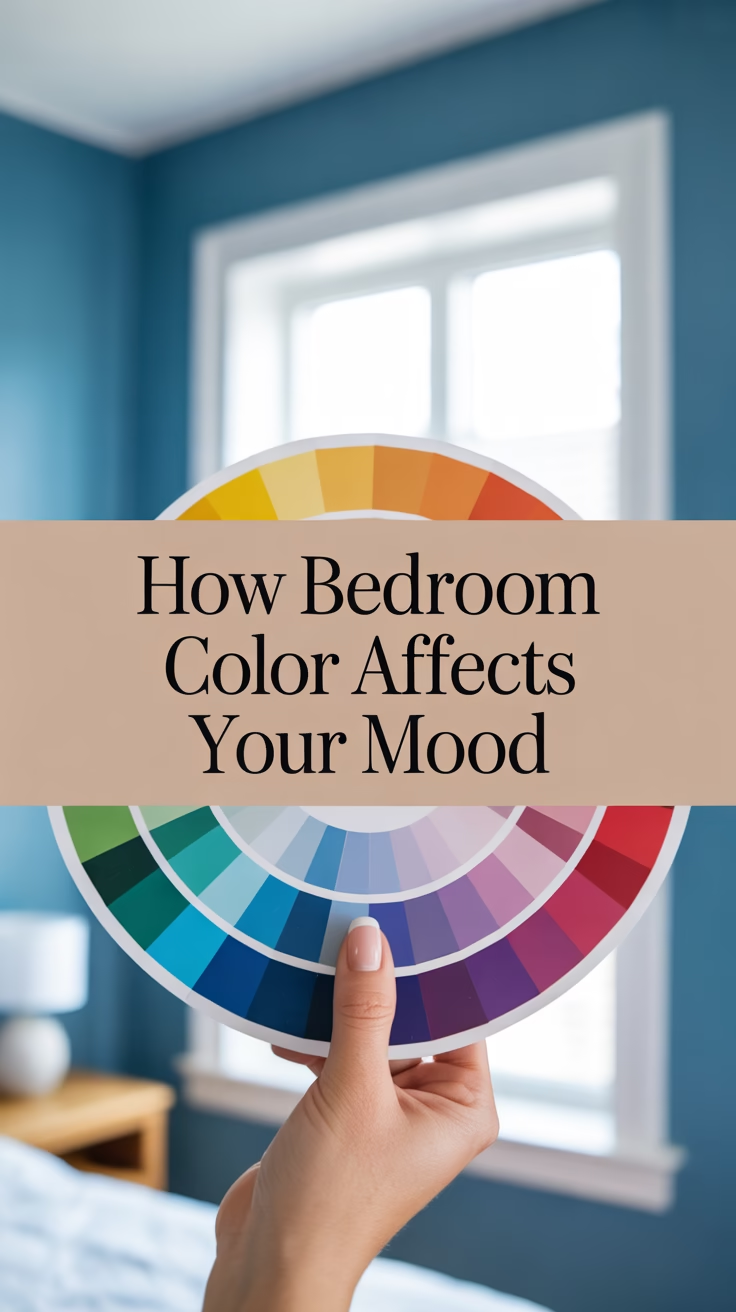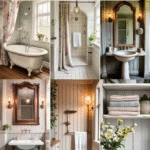Your bedroom is more than just a place to sleep—it’s your personal retreat, your comfort zone, and a key part of your daily routine. That’s why the color you choose to paint your bedroom walls can significantly influence your mood, sleep quality, and even productivity. In this article, we’ll dive deep into why bedroom color is so important and how you can find best bedroom paint color for your space, lifestyle, and personal taste.
Why Bedroom Color Is So Important
1. Colors Influence Mood and Emotions
Different colors evoke different emotional responses. Soft blues and greens can induce calmness and relaxation, while bold reds and oranges may increase energy or even stress levels. Since your bedroom is where you begin and end your day, choosing the right color can directly affect your emotional well-being.
- Cool colors like blue, lavender, and green promote peace and help lower heart rate and blood pressure.
- Warm colors such as red, yellow, and orange are stimulating and energizing, which might be better suited for active spaces like a kitchen or workout room—not a bedroom.
2. Colors Affect Sleep Quality
Scientific studies show that some colors can help improve sleep. Blue, for instance, is known to slow down the human body and help it relax. A blue-colored room can help you fall asleep faster and stay asleep longer.
3. Color Sets the Atmosphere
Do you want your bedroom to feel cozy and intimate or airy and open? Color plays a major role in shaping the atmosphere:
- Dark colors create a cocoon-like feel, ideal for large bedrooms or colder climates.
- Light colors make small rooms appear larger and more open, perfect for apartments or small homes.
4. Color Impacts Daily Routine
You may not realize it, but the color you wake up to can set the tone for your entire day. Waking up to a bright, energizing color can put you in a positive mindset, while dull or harsh colors can drain your energy.
How You Can Find Best Bedroom Paint Color
Choosing the best bedroom paint color doesn’t have to be overwhelming. Follow these steps to pick a shade that aligns with your personal preferences and enhances your well-being.
1. Assess the Natural Light in Your Bedroom
Light affects how color appears. A north-facing room will have cooler, bluish light, while a south-facing room gets warm, golden light.
- For north-facing rooms, use warmer tones to balance the coolness (like creamy white, soft peach, or warm taupe).
- For south-facing rooms, you can afford to use cooler hues like powder blue or sage green.
2. Define the Mood You Want
Think about how you want to feel in your bedroom.
| Desired Mood | Suggested Colors |
|---|---|
| Calm and Relaxed | Blue, Soft Gray, Sage Green |
| Romantic and Cozy | Mauve, Deep Plum, Dusty Rose |
| Energized and Uplifted | Sunny Yellow, Coral, Light Orange |
| Minimalist and Clean | White, Beige, Light Greige |
3. Understand Color Psychology
Here are popular bedroom colors and what they typically symbolize:
- Blue: Calm, stable, and soothing (perfect for relaxation)
- Green: Refreshing and balanced (ideal for promoting peace)
- Gray: Sophisticated and neutral (best for a modern look)
- Lavender: Calming with a touch of femininity
- White: Clean and airy (great for small rooms)
- Beige or Taupe: Warm and comforting without being overwhelming
4. Test Samples Before Committing
Buy a few small sample cans of your favorite shades and paint swatches directly on your wall. Observe how each color looks in natural daylight and under artificial lighting at night.
5. Coordinate With Furniture and Decor
Consider the existing tones in your bedroom decor—furniture, curtains, bedding, and flooring. Make sure the wall color complements rather than clashes with these elements.
6. Use Accent Walls for Bold Choices
If you love bold colors but fear overpowering your space, try an accent wall behind the bed. This way, you enjoy the richness of color without overwhelming the entire room.
7. Explore Trending Yet Timeless Colors
Some popular bedroom paint colors that are trending in 2025 include:
- Dusty Blue
- Warm Greige (gray-beige)
- Terracotta
- Soft Black
- Pale Sage
These colors are modern yet timeless enough not to go out of style quickly.
Tips to Enhance Your Bedroom Color Choice
- Use matte or eggshell finish for a soft, soothing look.
- Add layered lighting (ambient, task, and accent) to complement your chosen color.
- Incorporate textures through textiles like rugs, throws, and curtains to add depth to your space.
- Avoid overly bright or neon colors in the bedroom as they can overstimulate the senses.
FAQs
Q1: What is the best color for sleep?
A: Studies show that blue is one of the best colors for promoting sleep because of its calming effect on the mind and body.
Q2: Should I avoid dark colors in a small bedroom?
A: Not necessarily. While light colors can make a room feel larger, deep hues like navy or charcoal can add intimacy and depth if used strategically—especially on one wall or paired with light decor.
Q3: Can white be a good bedroom color?
A: Absolutely. White creates a clean, crisp canvas and can make the room feel spacious. Just be sure to add warm accents to prevent the room from feeling sterile.
Q4: Is gray too dull for a bedroom?
A: Not at all. Soft grays can be incredibly calming and elegant, especially when paired with warm wood tones or pastels.
Conclusion
Understanding why bedroom color is so important and how you can find best bedroom paint color can completely transform your sleep space. Color impacts your mood, energy, and the ambiance of your room, making it an essential factor in bedroom design. Whether you’re looking for peace, romance, or minimalism, the right paint shade is the first step to achieving your ideal environment.
Before painting, take time to consider lighting, emotional impact, personal preference, and the function of the room. With thoughtful planning and a little experimentation, you’ll discover a color that not only beautifies your bedroom but enhances your life.



